Types of Volcanoes Worksheet
Volcanoes are fascinating geological features that have captured the interest of scientists and nature enthusiasts for centuries. If you're curious about the different types of volcanoes and want to learn more, then this types of volcanoes worksheet is perfect for you. This worksheet will provide you with a comprehensive overview of the various types of volcanoes found around the world, allowing you to deepen your knowledge and understanding of these incredible natural phenomena.
Table of Images 👆
More Other Worksheets
Kindergarten Worksheet My RoomSpanish Verb Worksheets
Cooking Vocabulary Worksheet
DNA Code Worksheet
Meiosis Worksheet Answer Key
Art Handouts and Worksheets
7 Elements of Art Worksheets
All Amendment Worksheet
Symmetry Art Worksheets
Daily Meal Planning Worksheet
What is a shield volcano?
A shield volcano is a type of volcano characterized by a low, broad profile with gently sloping sides. These volcanoes are formed by the eruption of low-viscosity lava that flows easily and covers a wide area, creating a shield-like shape. They are typically not as explosive as other types of volcanoes and are known for their frequent eruptions that produce thin layers of lava, gradually building up the volcano's shape over time. Hawaii's Mauna Loa is a well-known example of a shield volcano.
How is a stratovolcano formed?
A stratovolcano is formed by the build-up of layers of hardened lava, ash, and volcanic rocks over time. These layers are created through repeated explosive eruptions followed by slower-flowing lava flows. As the volcano erupts, it releases gas, lava, and ash, which solidify and accumulate around the volcanic vent, gradually forming the characteristic cone shape of a stratovolcano. Over thousands to millions of years, the repeated eruption and accumulation of material result in the formation of a stratovolcano.
What are the characteristics of a cinder cone volcano?
Cinder cone volcanoes are characterized by their steep-sided, conical shape made up of loose pyroclastic material, such as volcanic rocks, ash, and cinders. These volcanoes tend to have a relatively small size compared to other types of volcanoes and are usually formed by short-lived eruptions that eject ash and volcanic debris. Cinder cones often have a single vent from which lava and pyroclastic materials are ejected, resulting in the buildup of a symmetrical or nearly symmetrical cone shape around the vent.
Describe a supervolcano and its potential impacts.
A supervolcano is an exceptionally large volcano capable of erupting with an intensity measuring at the highest level on the Volcano Explosivity Index, often ejecting massive amounts of ash, lava, and volcanic gases. The potential impacts of a supervolcano eruption include widespread destruction of landscapes, ecosystems, and infrastructure, as well as the release of significant amounts of ash into the atmosphere, which can lead to global cooling and disrupted weather patterns. Additionally, the expulsion of volcanic gases such as sulfur dioxide can contribute to air pollution and potentially result in long-term climate effects.
What is a fissure volcano and how does it differ from other types?
A fissure volcano, also known as a fissure vent or volcanic fissure, is a type of volcano that erupts from an elongated fracture in the Earth's crust, rather than a single central vent. This results in a linear series of eruptions along the fissure rather than a single point of eruption. Fissure volcanoes tend to produce relatively gentle eruptions of basaltic lava compared to the more explosive eruptions of stratovolcanoes or calderas. Additionally, fissure eruptions can be extensive and cover large areas with lava flows.
How are dome volcanoes formed?
Dome volcanoes, also known as lava dome volcanoes, are formed when viscous lava erupts from a volcano and piles up near its vent. The lava cools and solidifies rapidly, building up a dome-shaped volcano over time. Due to their high viscosity, the lava in dome volcanoes does not flow far from the vent, creating a steep-sided structure. Dome volcanoes are often associated with explosive eruptions and can be found on both convergent and divergent plate boundaries.
Explain the formation of caldera volcanoes.
Caldera volcanoes are formed when the magma chamber beneath a volcano empties during a large volcanic eruption, causing the volcanic structure above to collapse into the empty chamber. This collapse creates a large, basin-shaped depression known as a caldera. The collapse can be triggered by the explosive release of gas and magma during an eruption, which weakens the structural integrity of the volcano. Over time, calderas may fill with water to form crater lakes, and can sometimes experience smaller eruptions within the caldera itself.
What are the main features of a submarine volcano?
Submarine volcanoes have distinct features such as lava flows, hydrothermal vents, and pillow lava formations. They typically form along mid-ocean ridges or hot spot locations on the ocean floor. These volcanoes emit basaltic lava that creates unique underwater geological formations. Additionally, the extreme pressure and temperature underwater can lead to explosive eruptions and the formation of mineral deposits around the vent.
Describe the unique characteristics of a maar volcano.
A maar volcano is a unique type of volcanic crater that forms when groundwater comes into contact with hot lava or magma. Unlike typical volcanoes that build up with a central peak, a maar volcano usually lacks a prominent cone due to the explosive release of steam and gas when the magma interacts with the water, resulting in a shallow, broad crater. Maars are often filled with water, creating a crater lake, and are surrounded by a ring of tephra deposits from the explosive eruption. These volcanoes are typically found in areas with abundant groundwater, such as rift zones or regions with thick sedimentary layers, and are known for their distinctive shape and explosive formation.
How are volcanic islands formed?
Volcanic islands are formed through volcanic activity where magma rises from the Earth's mantle and erupts on the ocean floor, eventually building up large amounts of volcanic rock. Over time, the accumulation of these volcanic materials leads to the formation of a volcano that rises above the water's surface, creating a new island. This process continues as the volcano erupts and grows, with each eruption contributing to the island's expansion.
Have something to share?
Who is Worksheeto?
At Worksheeto, we are committed to delivering an extensive and varied portfolio of superior quality worksheets, designed to address the educational demands of students, educators, and parents.

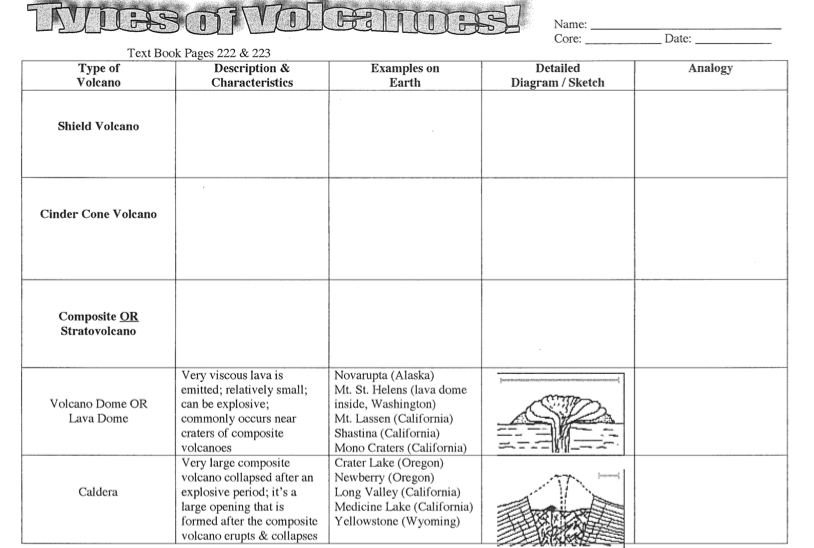



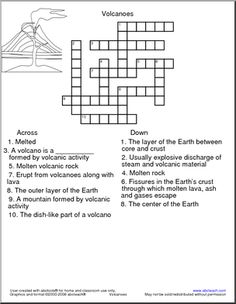
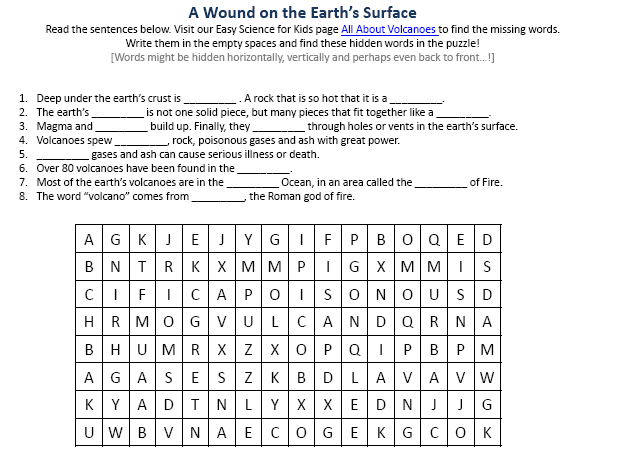
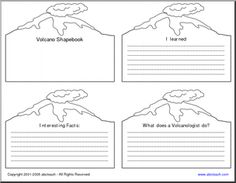
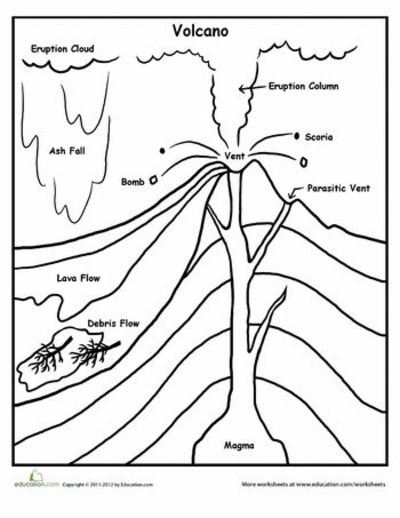

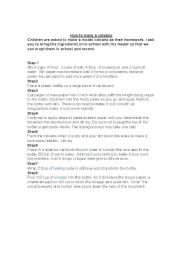
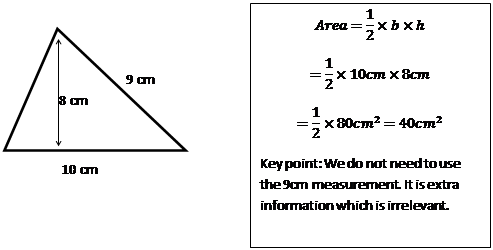



















Comments